The 'printer in error state' is a fairly common error on Windows that can prevent you from printing documents using your printer. It occurs when the printer cannot enter the 'ready' state required for printing but gets stuck in the 'error' state as indicated by the message. This can happen when your computer is unable to communicate with the printer, and can even happen when multiple printers are connected. Here are a few solutions that can help you fix the problem.
Fix 1: Check that the printer is properly connected
Before you do anything else, you should make sure that the printer is properly connected to your computer. If you have a wired printer, check that the cable is plugged securely into both the printer and the computer. Also, inspect the cable for any damage and confirm that the power outlet the printer is plugged into is working properly. On the PC side, try connecting the cable to a different USB port than the one it was connected to earlier.
If you have a wireless printer, you should verify that it is connected to a functional and stable connection. To ensure your computer can recognize the printer connected to it,
- Open the Settings app using the
Win + Ishortcut and click on 'Bluetooth and Devices'.
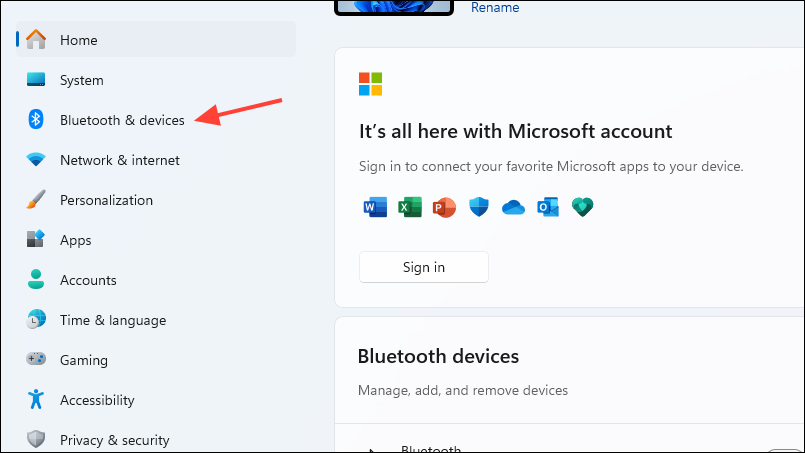
- Then click on 'Printers and scanners'.
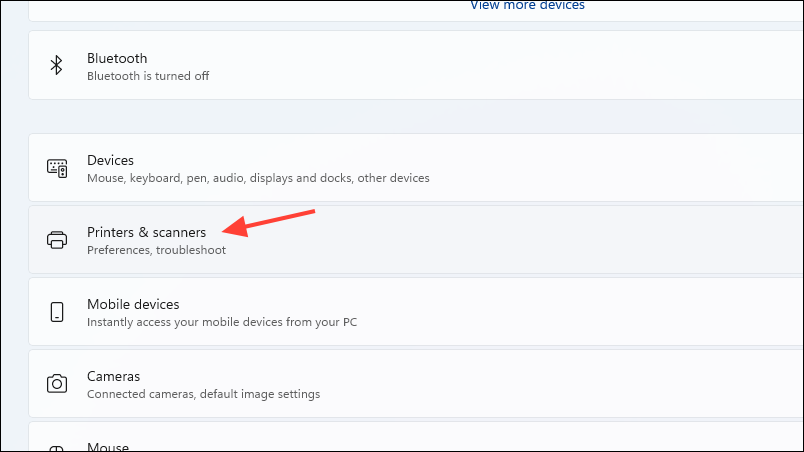
- Now, locate your printer and click on it to select it.
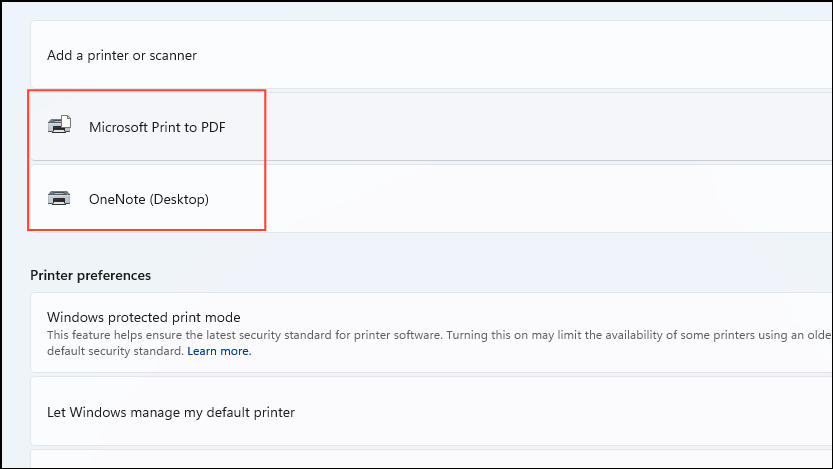
- Check whether the printer status is 'ready' or not. If it is ready, your PC should be able to communicate with it.
Fix 2: Troubleshoot the printer
If your computer recognizes the printer but you are still getting the 'printer in error state' error, you can try troubleshooting the printer. To do that, first, turn the printer off by pressing the Power button. Also, remove the power cable and wait for 30 seconds. Then reconnect the cable and turn the printer back on again. Make sure that the printer has enough paper and ink to work with before you try to print anything.
Fix 3: Run the printer troubleshooter
Windows has a built-in printer troubleshooter that you can use to identify and fix issues with the printer.
- Open the Settings app and click on 'System' on the left.
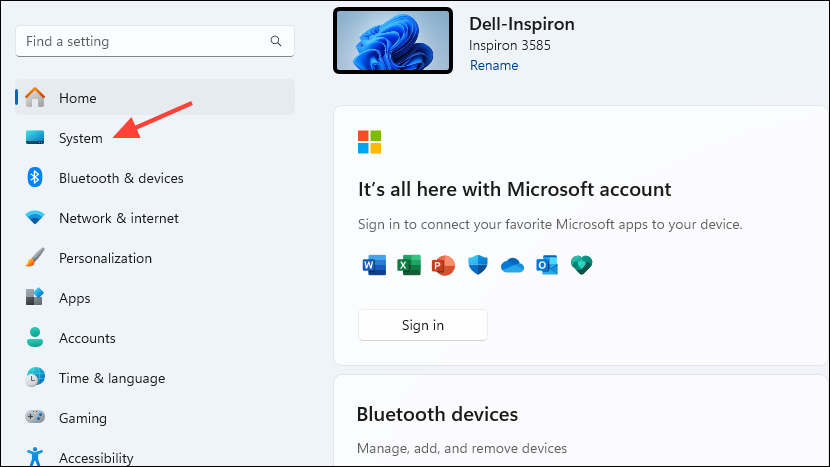
- On the System page, scroll down and click on 'Troubleshoot'.
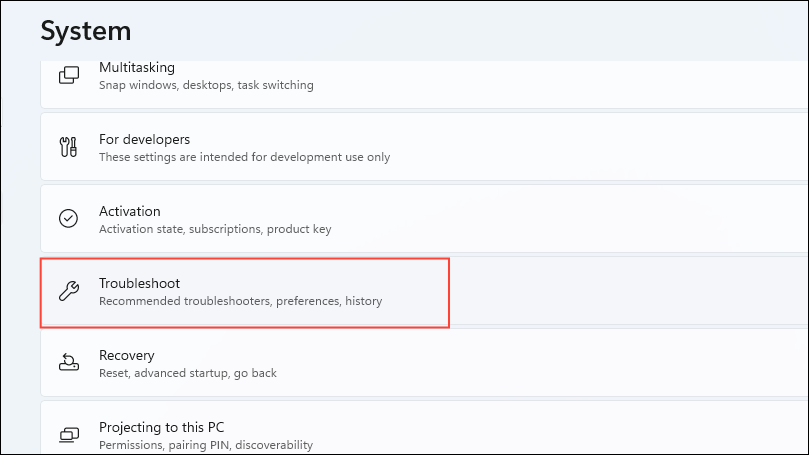
- Then click on 'Other troubleshooters' on the next page.
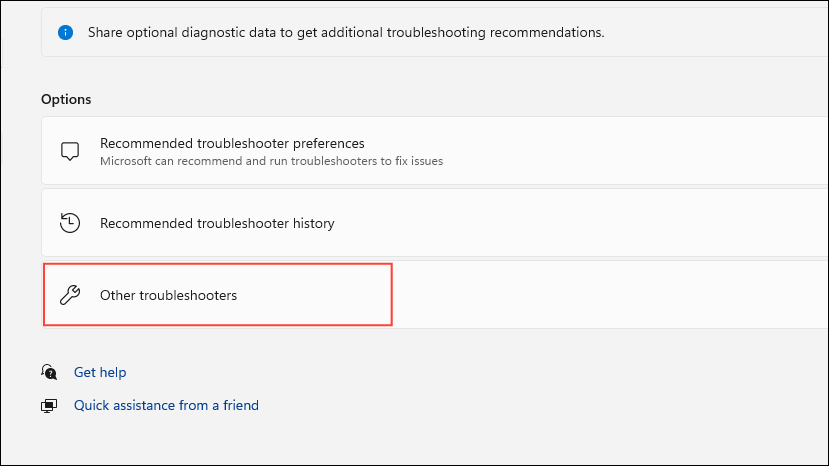
- Now, you will see the available troubleshooters. Click on the 'Run' button on the right of the printer option.
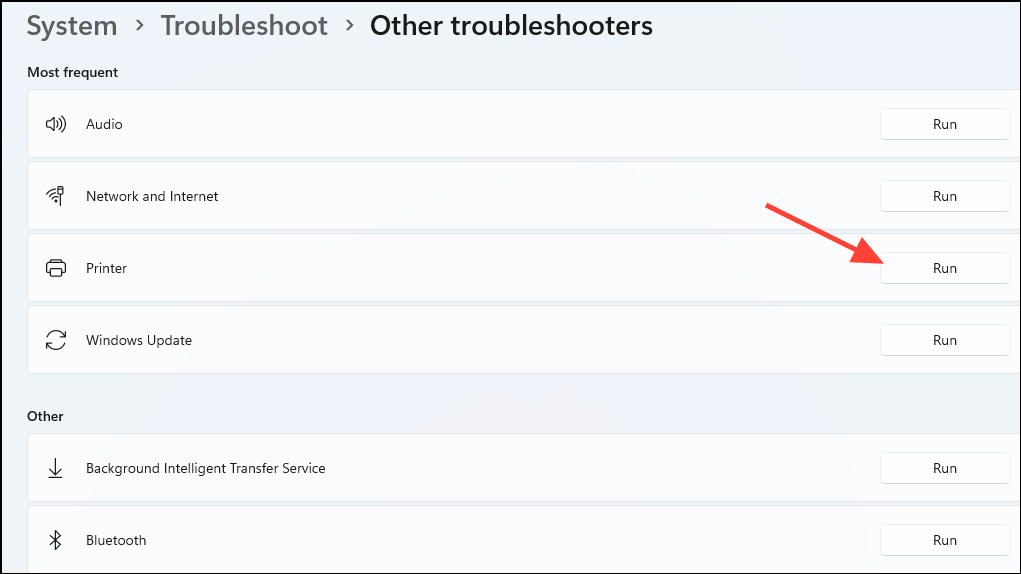
- When the Printer Troubleshooter appears, click on the 'Next' button and let the troubleshooter run.
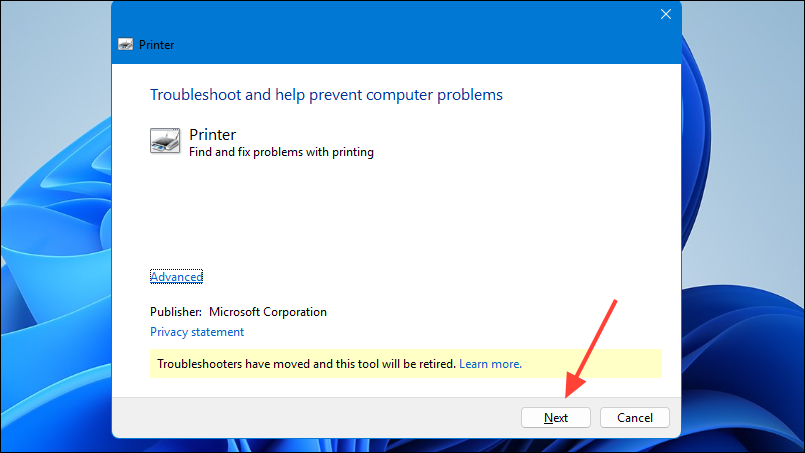
- If the troubleshooter suggests a fix, click on 'Apply this fix' and then try to use the printer to print something.
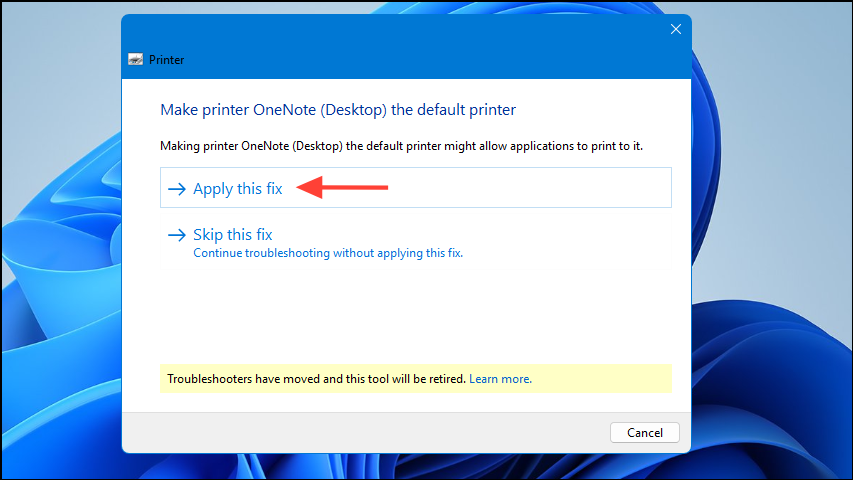
Fix 4: Reinstall the printer drivers
If your printer drivers are corrupted or outdated, you may come across the 'printer in error state' message. In this case, you will need to reinstall the drivers.
- Disconnect the printer from your computer.
- Right-click on the Start button and click on 'Device Manager'.
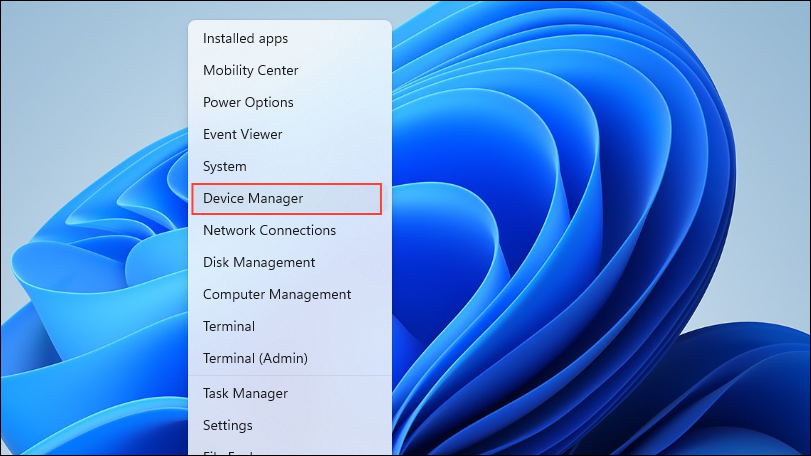
- When the Device Manager opens, click on 'Print queues' to expand it.
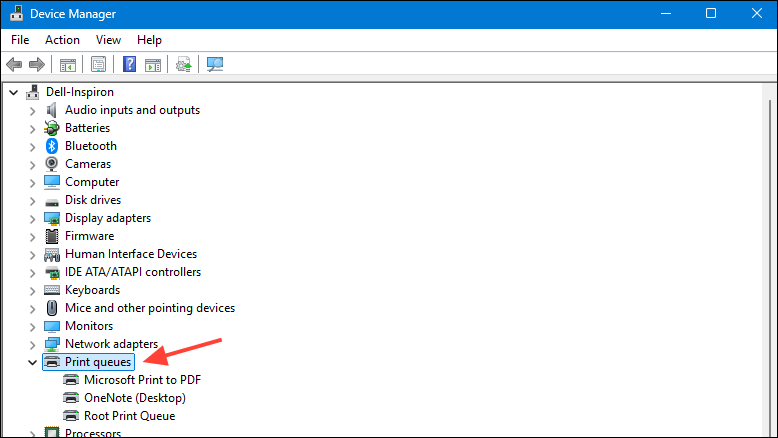
- Then right-click on the printer driver, click on 'Uninstall device', and confirm your choice in the pop-up.
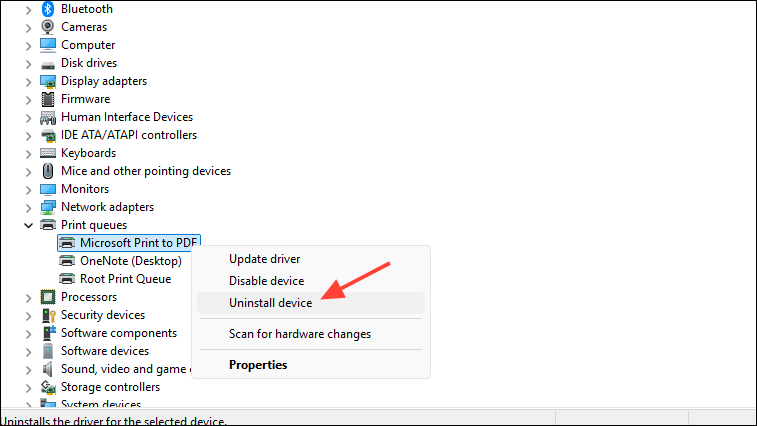
- Reboot your PC and then reconnect the printer. Windows should automatically download and install suitable drivers for the printer. If the printer still does not work, visit the printer manufacturer's website and download the latest drivers from there manually.
Fix 5: Configure the Print Spooler service
The Print Spooler service is responsible for handling print jobs and should run automatically when you need to print something. If it does not, you may have to configure it to work properly.
- Open the Start menu, type
services.msc, and click on the 'Services' utility.
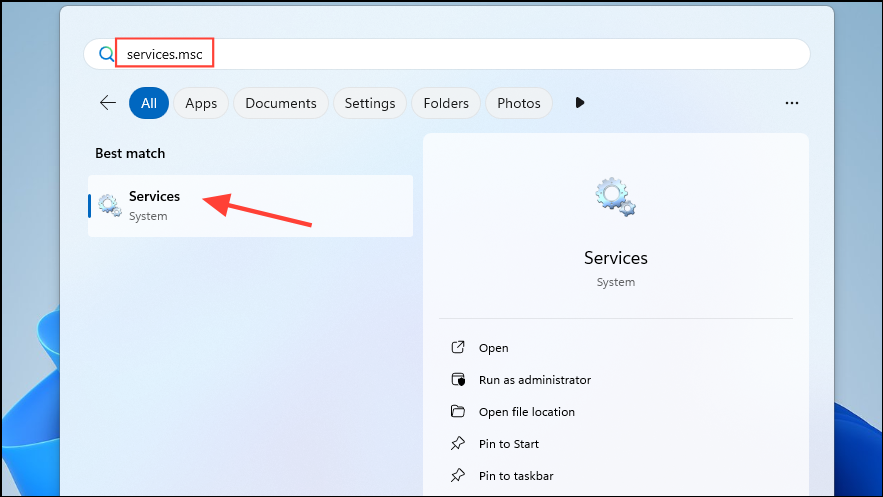
- When the Services utility opens, scroll down to the Print Spooler service, right-click on it, and select 'Properties'.
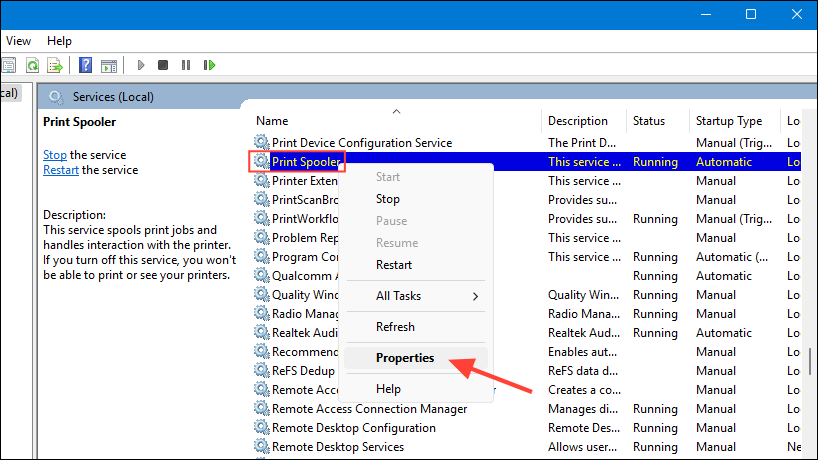
- Click on the 'Startup Type' dropdown and select 'Automatic'. Then click on the 'OK' button.
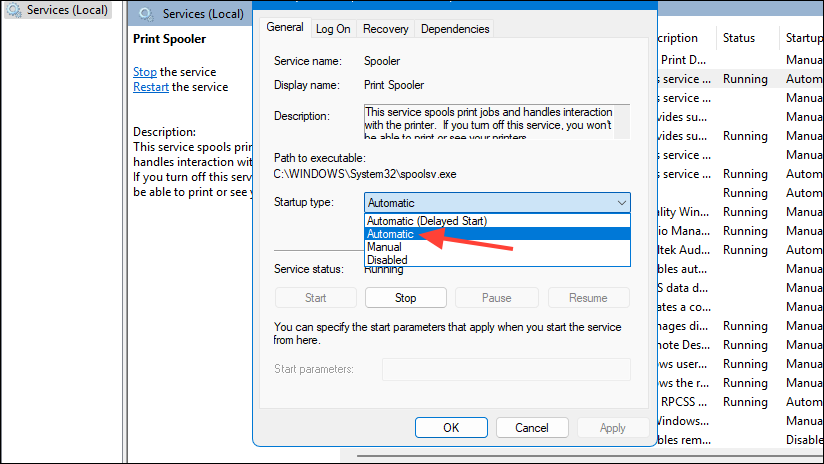
- Restart your computer and then try using the printer again.
C:\Windows\System32\spool\PRINTERS folder before starting the Print Spooler service again. Fix 6: Assign the correct port to the printer
If you have assigned an incorrect port to the printer, you may see the 'printer in error state' message. Wired printers should always be assigned USB ports while wireless ones should be assigned WSD ports.
- First, you need to remove all extra printers you don't use. Open the 'Printers and scanners' page in the Settings app as explained previously.
- Click on the printer you want to remove.
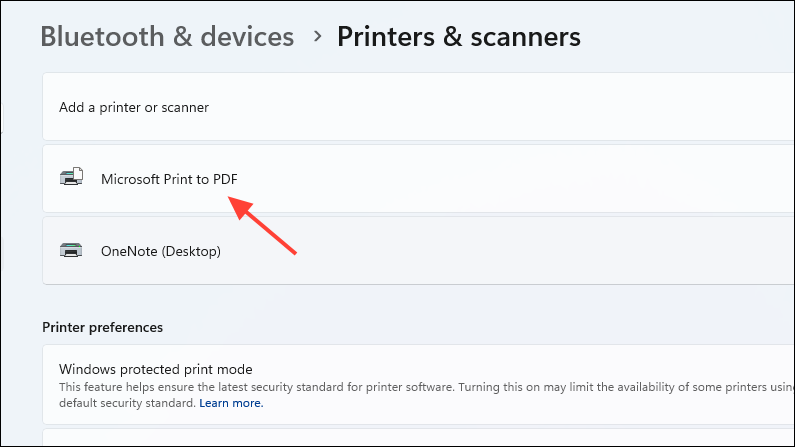
- Then click on the 'Remove' button on the top right.
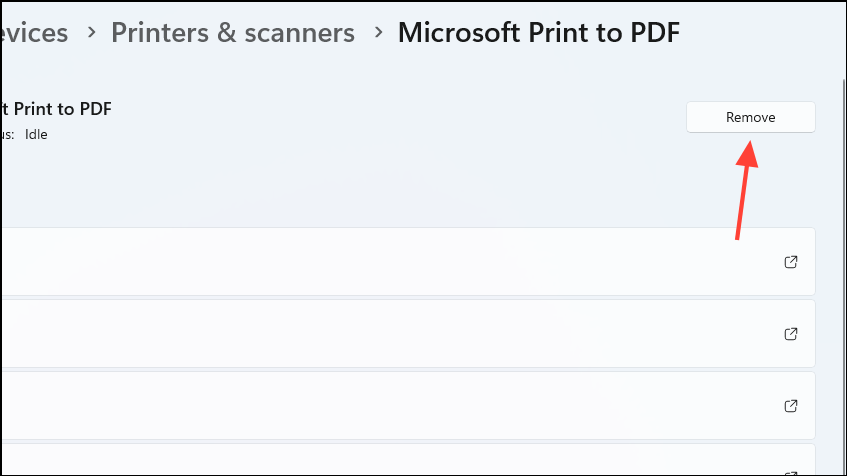
- After removing all unneeded printers, click the printer you want to use and then click on 'Printer properties'.
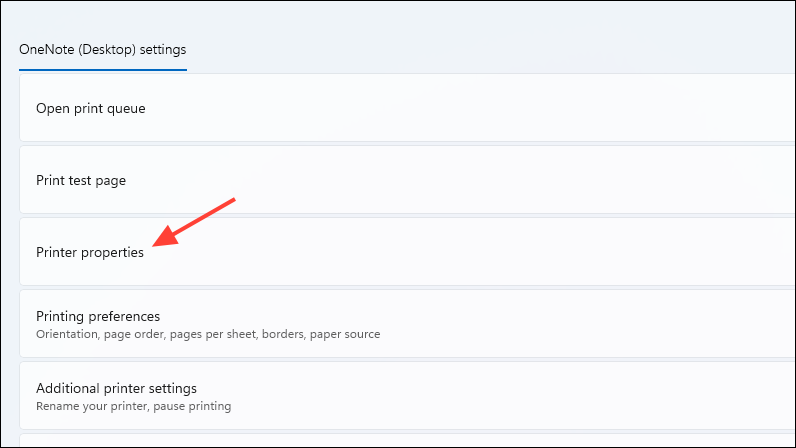
- Then click on the 'Ports' tab in the Printer Properties dialog box.
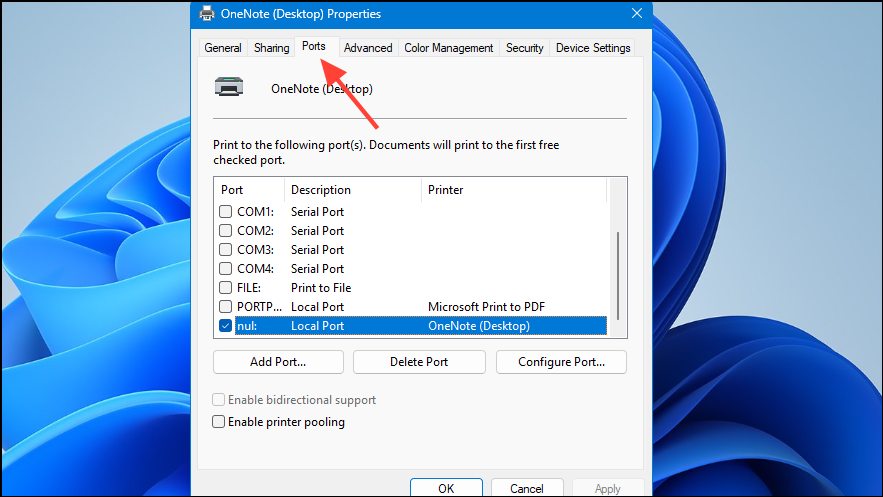
- Check whether the port for the printer is correct. If it is not, go back to the 'Printers and scanners' page and click on the 'Add device' button.
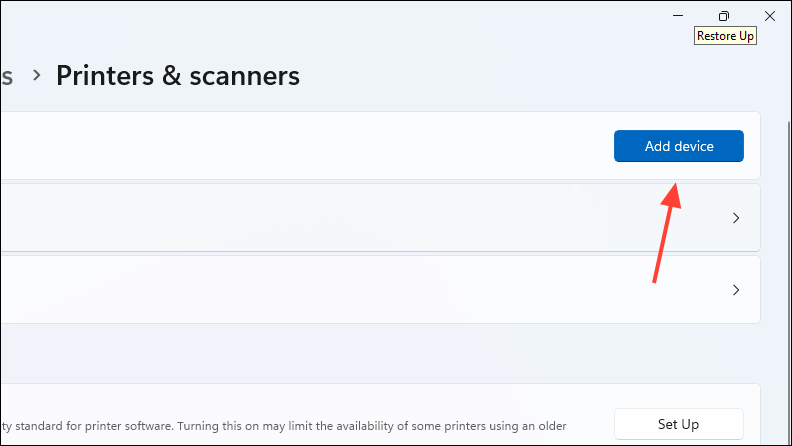
- Then click on 'Add a new device manually'.
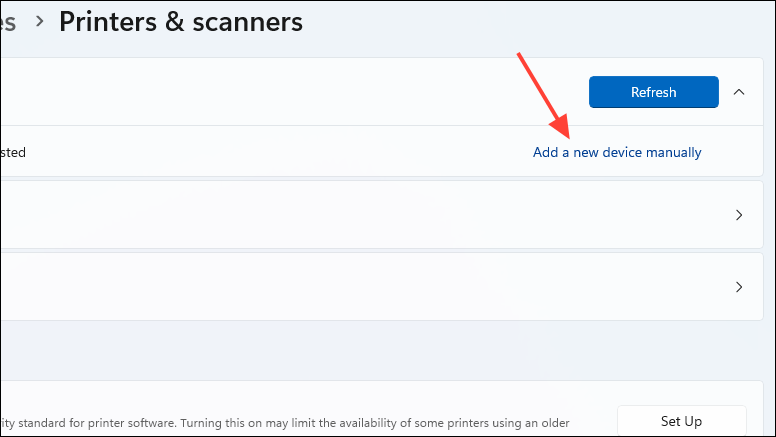
- In the pop-up that appears, click on 'Add a local printer or network printer with manual settings'.
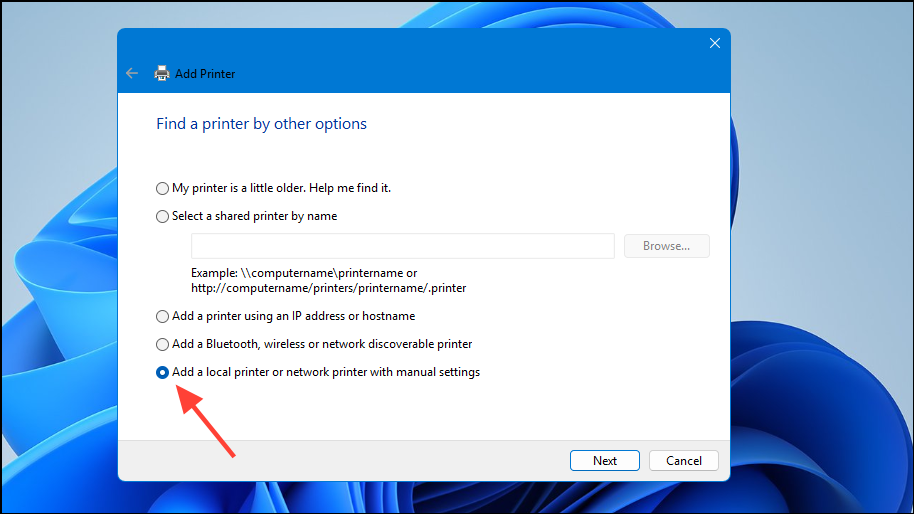
- Then, depending on whether your printer is wired or wireless, select the USB or WSD port.
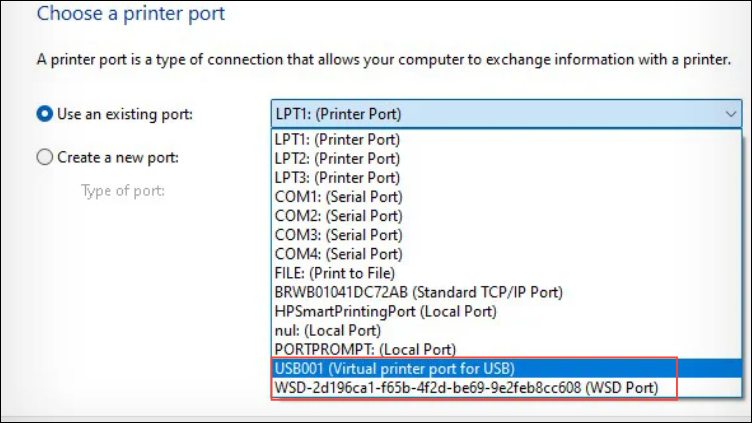
- Select the printer you want to add on the next page before clicking on the 'Next' button. Make sure to select the 'Replace the current driver' option.
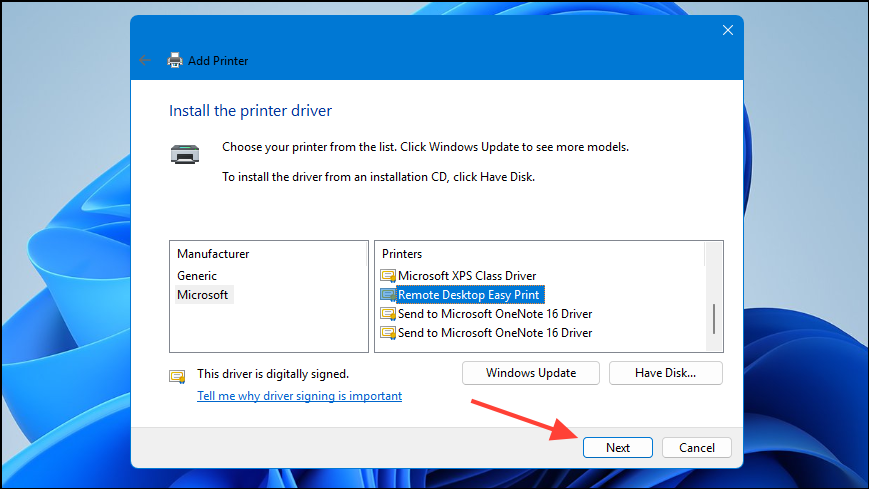
Fix 7: Run Windows Update
You may run into various issues if you're running an outdated version of Windows, such as the 'printer in error state' message. To avoid this, always keep your OS updated to the latest version by running Windows Update.
- Open the Settings app and click on 'Windows Update' on the bottom left.
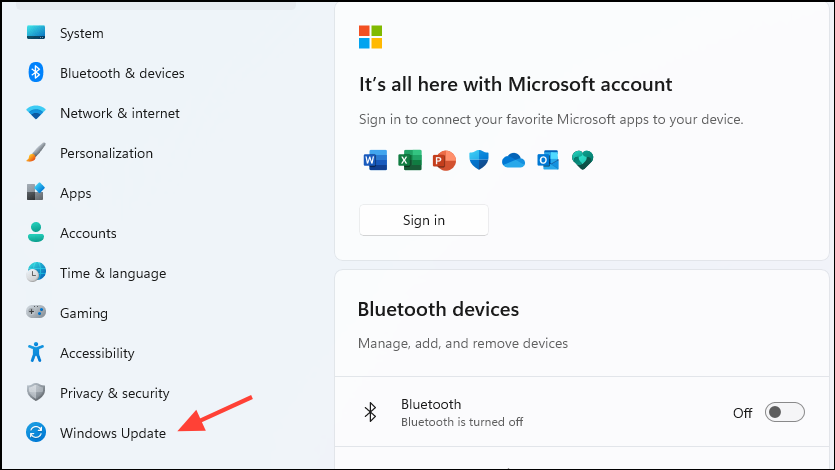
- Then click on the 'Check for updates' button on the top right.
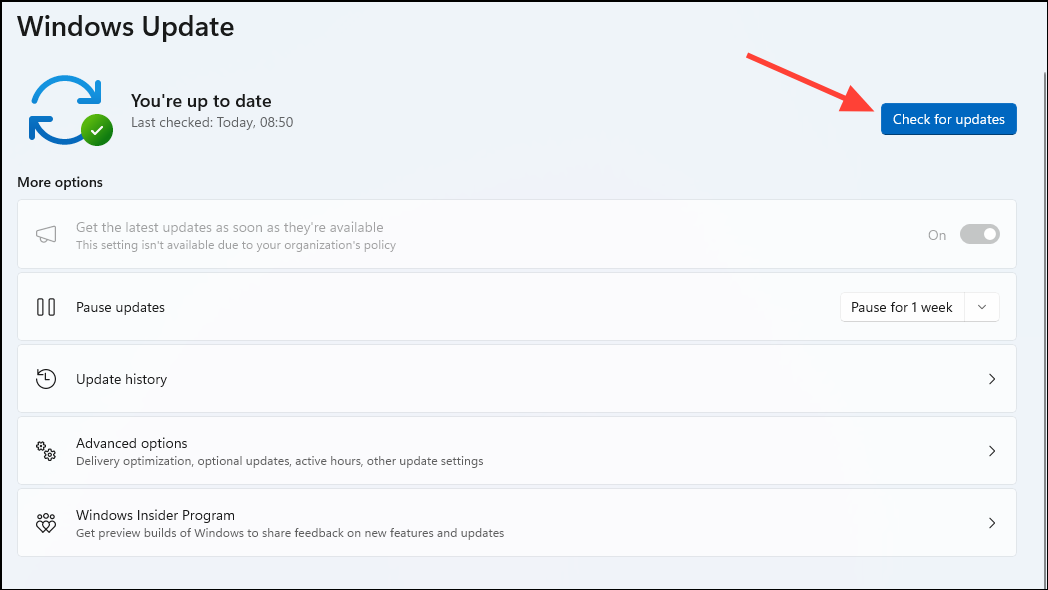
- If updates are available, Windows will download and install them. You may have to reboot your PC to complete the process. Then you can try using the printer again.
Things to know
- Sometimes restarting both your computer and printer can fix problems such as the 'printer in error state' issue.
- If you are using a wireless printer, make sure it is online and is connected to the same network as your PC.
- Paper jams can also cause the 'printer in error state' problem, so you should check for those and clear them before running a print job.
- You should also check the port properties of the printer in the Device Manager. and enable the 'Legacy plug and play detection' option.


